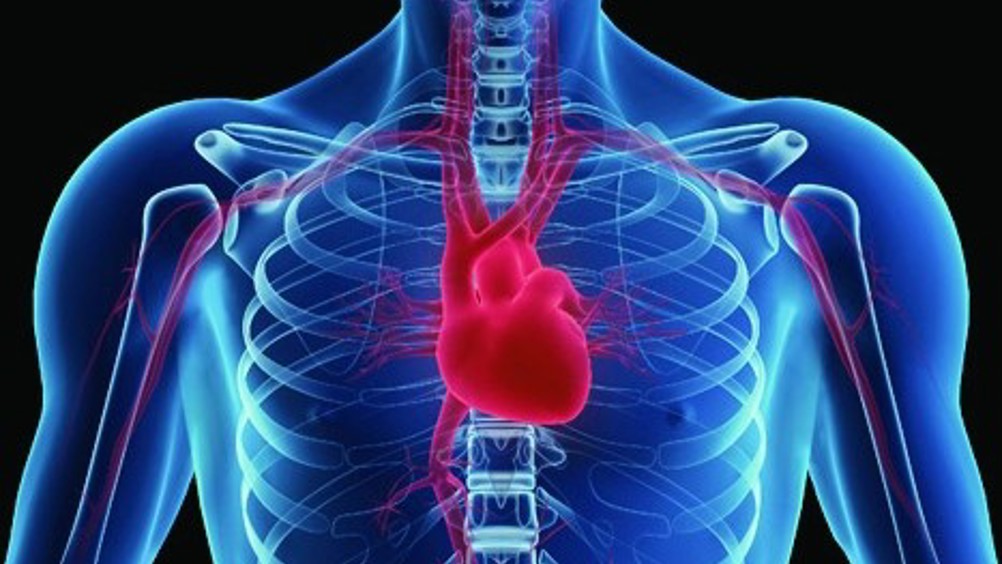Three-layer vascular graft mimics natural blood vessels
Micro imprinting and electrospinning techniques have been employed to develop a vascular graft composed of three layers for the first time.

The breakthrough, made by researchers at Shanghai University’s Rapid Manufacturing Engineering Center, has allowed researchers to utilise separate materials that possess mechanical strength and promote new cell growth, a problem for existing vascular grafts that have consisted of a single or double layer.
Vascular grafts are surgically attached to an obstructed or otherwise unhealthy blood vessel to permanently redirect blood flow, such as in coronary bypass surgery. Traditional grafts work by repurposing existing vessels from the patient’s body or from a suitable donor.
However, these sources are often insufficient for a patient’s needs because of the limited supply in a patient’s body, and may be afflicted by the same underlying conditions that necessitate the graft in the first place.
Accordingly, there has been a great deal of research towards developing synthetic vessels that can mimic natural ones, allowing new cells to grow around them and then degrade away, thereby creating new vessels.
Register now to continue reading
Thanks for visiting The Engineer. You’ve now reached your monthly limit of news stories. Register for free to unlock unlimited access to all of our news coverage, as well as premium content including opinion, in-depth features and special reports.
Benefits of registering
-
In-depth insights and coverage of key emerging trends
-
Unrestricted access to special reports throughout the year
-
Daily technology news delivered straight to your inbox










Water Sector Talent Exodus Could Cripple The Sector
Maybe if things are essential for the running of a country and we want to pay a fair price we should be running these utilities on a not for profit...